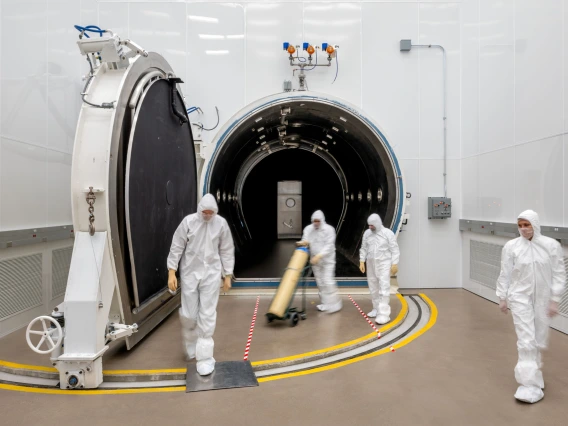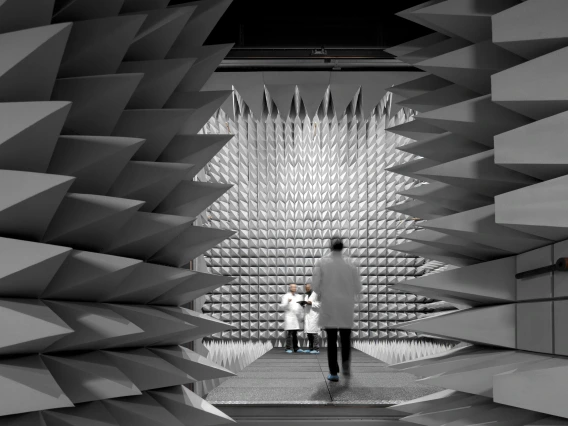Image


Thermal Vacuum Testing
Our vacuum test chambers replicate space environments, evaluating the performance and durability of satellites and components under vacuum, extreme temperatures, and radiation. This testing ensures the reliability and resilience of space-bound technology.

Dynamics and Vibration Testing
Our vibration testing and dynamics table simulates mechanical stresses, assessing durability and identifying structural weaknesses in aerospace components by applying controlled vibrations. This process helps ensure resilience in challenging operational environments, including space.




